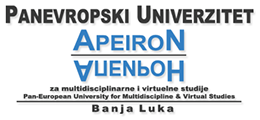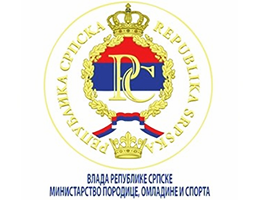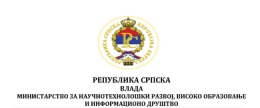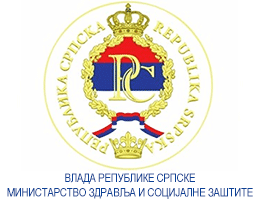The Differences In Growth Characetistics And Body Composition Of Students And Judoists
Volume 1, Issue 1 (2011)
Volume 1, Issue 1 (2011)
The Differences In Growth Characetistics And Body Composition Of Students And Judoists
Abstract:
Physical activity and sports have an more important role in a regular growth and development, with optimal sustainment of body mass and fatty tissue.
The basic goal of this research is to determine the differences in anthropometric characteristics, body mass index, percent and quantity of fat of students of the elementary schools and judoists in Tutin. The research has been conducted on an sample of 43 students and 10 judoists from Tutin, age 10 years. The results showed that there aren't any statistic differences in the development characteristics, except in the abdomen volume (p=.05) whose judists value is 62,0 cm and the students value 67,7 cm
Value o the body mass index of the students are 17,7±3,05 kg/m² and at the judoists 17,9±3,01 kg/m². There is a statistically significant difference a in body fat values, both in percents and absolute, in favor of students compared to the judoists on the significance level (p=.00).
The basic goal of this research is to determine the differences in anthropometric characteristics, body mass index, percent and quantity of fat of students of the elementary schools and judoists in Tutin. The research has been conducted on an sample of 43 students and 10 judoists from Tutin, age 10 years. The results showed that there aren't any statistic differences in the development characteristics, except in the abdomen volume (p=.05) whose judists value is 62,0 cm and the students value 67,7 cm
Value o the body mass index of the students are 17,7±3,05 kg/m² and at the judoists 17,9±3,01 kg/m². There is a statistically significant difference a in body fat values, both in percents and absolute, in favor of students compared to the judoists on the significance level (p=.00).
Keywords:
anthropometric characteristics, body index, students and judoists
Full Text:
References:
- Ahmetović, N., Ćatović, S., Kendić, S., Ćatović, A. i Ahmetović, A. (2000). Ispitivanje ishrane i uhranjenosti školske djece. Homo sportikus, University of Sarajevo Faculty of sport, 116(00), 60-72.
- Bauer, D., Varahram, I., Proest,G. & Halter, U.(2001). Benefits from aerobic excersise in patients with major depression: A pilot study. Britsh Journal of Sports medicine, (35), 114-117.
- Đurašković, R., Simov,S. i Živanov-Ćurlis, J. (2006). Razvojne karakteristike učenika osnovnih škola u Leskovcu starih od 7-14 godina. Efekti diferencirane nastave fizičkog vaspitanja na psihosomatski status dece i omladine (287-297). Novi Sad: Fakultet fizičke kulture, Univerzitet u Novom Sadu.
- Jackson, A.S. & Pollock, M.L.(1985). Practcal assessment of body composition. Physician and Sports medicine, (5), 76-90.
- Mišigoj-Duraković (2008). Kinantropologija. Zagreb: Kineziološki fakultet Sveučiišta u Zagrebu.
- Sharkey, J.B. & Gaskill, E.S. (2008). Vežbanje i zdravlje. Novi Sad: SP PRINT.
- Zsidegh, P. i sar. (2007). Body mass index, relative body fat and physical preformance of hungarian roma boys. Kineziology, 39(1), 15-20.






